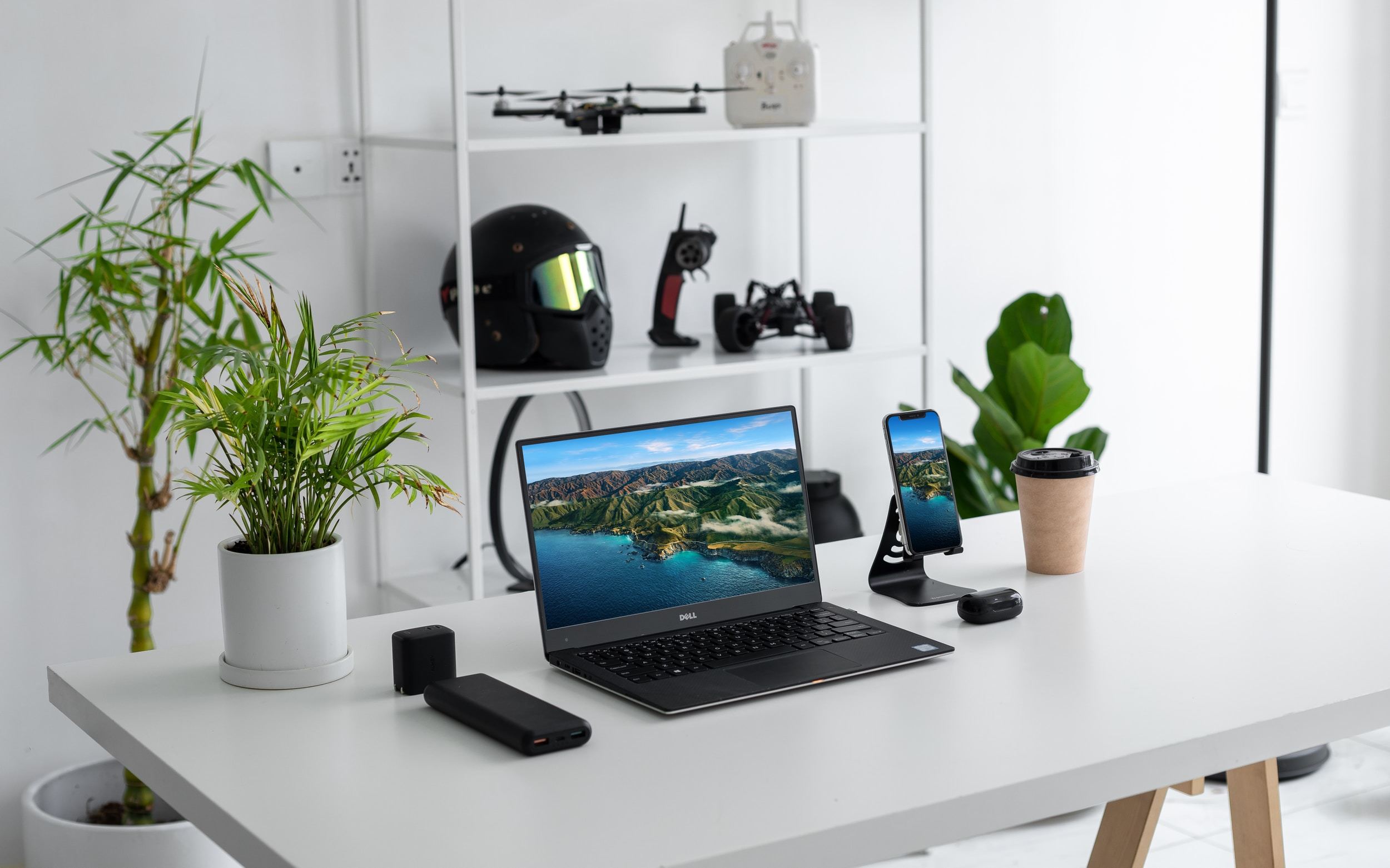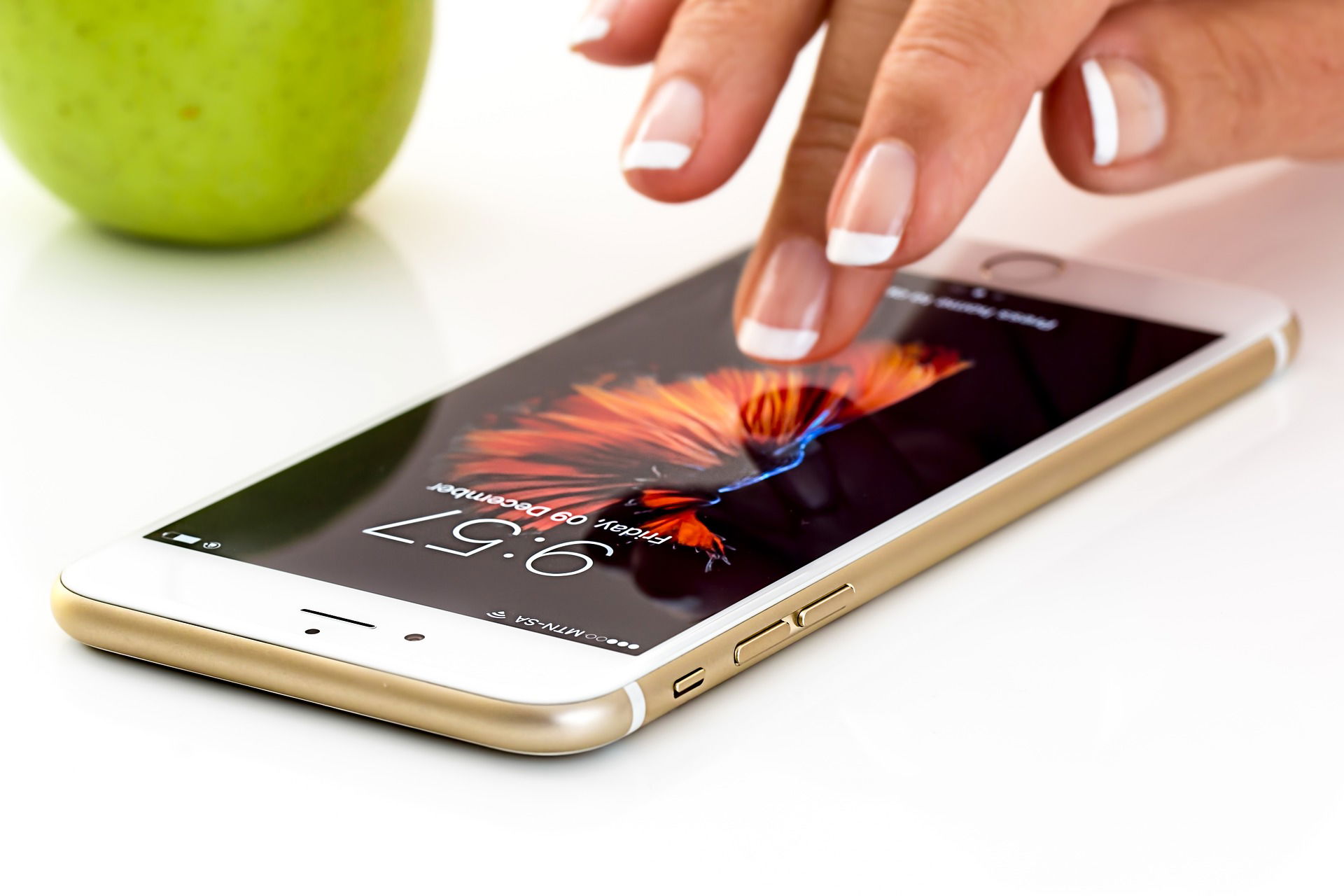The Internet of Things (IoT): Connecting the World One Device at a Time
The Internet of Things (IoT) is a technological revolution that is changing the way we interact with our world. In this digital age, IoT is connecting an ever-expanding network of devices, from our smartphones and home appliances to industrial machinery and healthcare equipment, creating a seamless and interconnected ecosystem. This article explores the concept of IoT, its impact on various industries, and the potential benefits and challenges it presents.

Understanding the Internet of Things
At its core, IoT refers to the interconnection of everyday objects, devices, and machines to the internet, allowing them to collect and exchange data. These objects, often embedded with sensors and communication hardware, can gather information and transmit it to other devices or centralized systems. This data can then be analyzed, providing valuable insights and enabling informed decision-making. The key components of IoT include:
Sensors and Actuators: These devices detect changes in their environment (such as temperature, humidity, motion, or light) and can initiate actions based on predefined criteria.
Connectivity: IoT devices rely on various communication technologies, including Wi-Fi, cellular networks, Bluetooth, and low-power wide-area networks (LPWAN), to transmit data.
Data Processing and Analysis: The data collected from IoT devices is processed and analyzed either locally on the device or in the cloud, using advanced analytics and machine learning algorithms.
User Interfaces: IoT applications often have user interfaces, such as mobile apps or web dashboards, through which users can interact with and control connected devices.
IoT in Everyday Life
The widespread adoption of IoT has already transformed many aspects of our daily lives:
Smart Homes
Smart home devices, such as thermostats, lights, and security cameras, can be controlled remotely via smartphone apps. They can also learn user preferences and adjust settings accordingly, improving energy efficiency and security.
Wearable Technology
Fitness trackers and smartwatches continuously monitor vital signs and activity levels, providing users with real-time health data. Some devices can even detect irregularities and alert users to seek medical attention.
Connected Cars
IoT enables vehicles to communicate with each other and with traffic infrastructure, improving road safety and traffic flow. Additionally, connected cars can provide real-time diagnostics and maintenance alerts.
Smart Cities
Cities are adopting IoT to manage resources efficiently. Smart streetlights adjust brightness based on real-time data, reducing energy consumption, while waste management systems use sensors to optimize collection routes.
Agriculture
Farmers use IoT to monitor soil conditions, crop health, and livestock. This data-driven approach helps optimize crop yields, conserve water, and improve animal welfare.
IoT in Healthcare
The healthcare sector has seen significant advancements due to IoT:
- Remote Patient Monitoring: IoT devices allow doctors to monitor patients' vital signs and chronic conditions remotely. This reduces the need for frequent hospital visits and provides early detection of health issues.
- Medication Adherence: Smart pill dispensers remind patients to take their medications on time and can alert caregivers or healthcare providers if doses are missed.
- Emergency Response: Wearable devices with fall detection and SOS features can automatically alert emergency services in case of accidents, ensuring timely assistance.
IoT in Industry
IoT is transforming industries such as manufacturing and logistics:
- Predictive Maintenance: IoT sensors on industrial equipment can predict when machines are likely to fail, allowing for proactive maintenance and minimizing downtime.
- Supply Chain Optimization: Companies use IoT to track the location and condition of goods in transit. This improves inventory management and reduces losses.
- Energy Management: IoT systems can optimize energy consumption in factories and buildings by adjusting lighting, heating, and cooling based on occupancy and environmental conditions.
Challenges and Considerations
While IoT offers immense potential, it also comes with challenges:
- Security: IoT devices can be vulnerable to cyberattacks, posing risks to privacy and safety. Robust security measures are essential to protect both individuals and organizations.
- Data Privacy: The vast amount of data generated by IoT devices raises concerns about how this data is collected, stored, and used. Regulations like GDPR (General Data Protection Regulation) in Europe are addressing these concerns.
- Interoperability: Ensuring that different IoT devices and platforms can communicate effectively is crucial for creating a seamless IoT ecosystem.

The Future of IoT
The Internet of Things is continually evolving, with new applications emerging across various industries. As technology advances, we can expect IoT to become even more integrated into our lives, making our environments smarter, more efficient, and more responsive to our needs.
From smart cities to precision agriculture, healthcare innovations to industrial automation, IoT is connecting the world one device at a time, shaping a future where connectivity and data-driven insights drive progress and improve the quality of life for people around the globe.
Sources:
- Internet of Things (IoT) Overview - Cisco
- How the Internet of Things is Shaping the Future
- IoT in Healthcare: Applications and Challenges
- IoT in Industry: Implications and Challenges
- IoT Security and Privacy: A Review
- The Impact of the Internet of Things on Smart Cities
- The Role of IoT in Precision Agriculture
- Internet of Things: Privacy, Security, and Data Issues
- IoT and Wearable Technology in Healthcare
- Smart Manufacturing and the Internet of Things